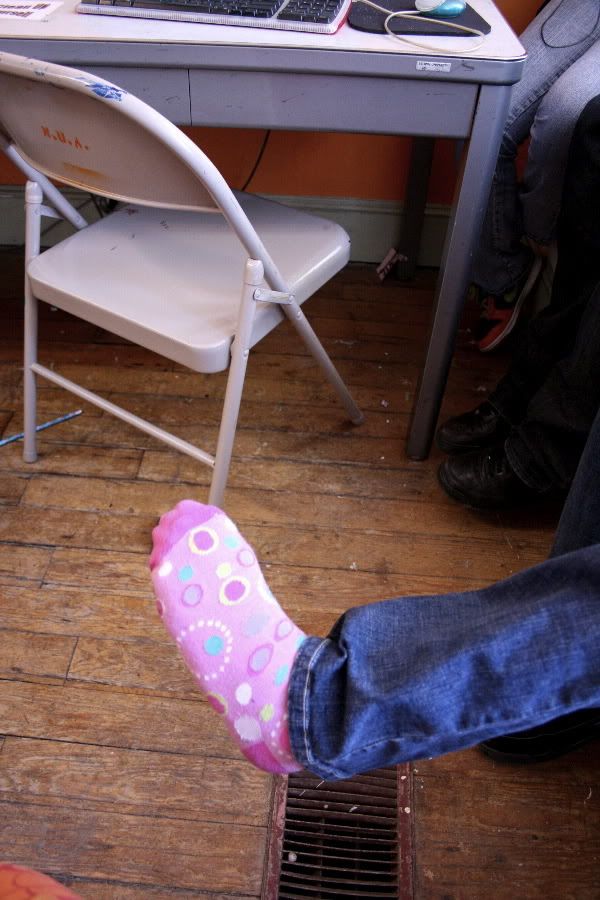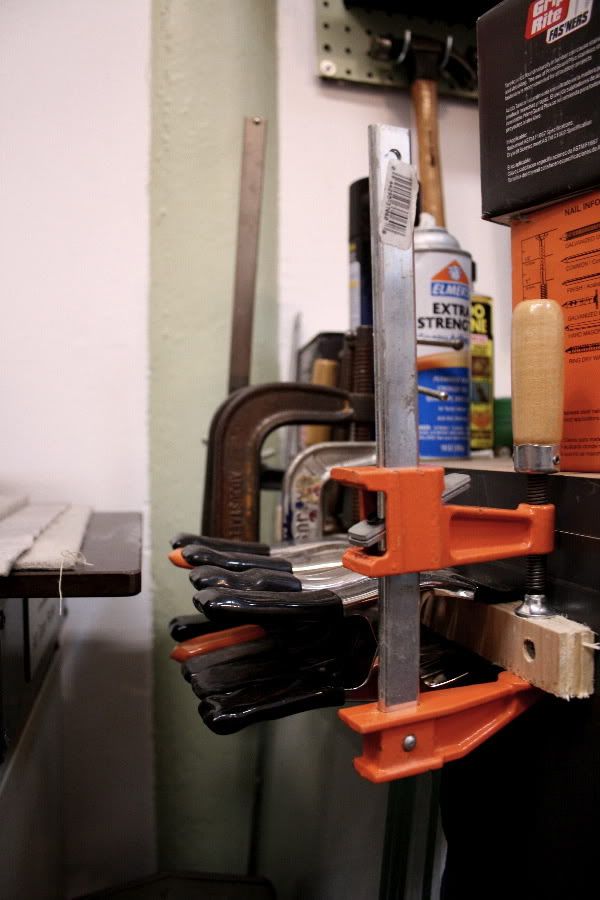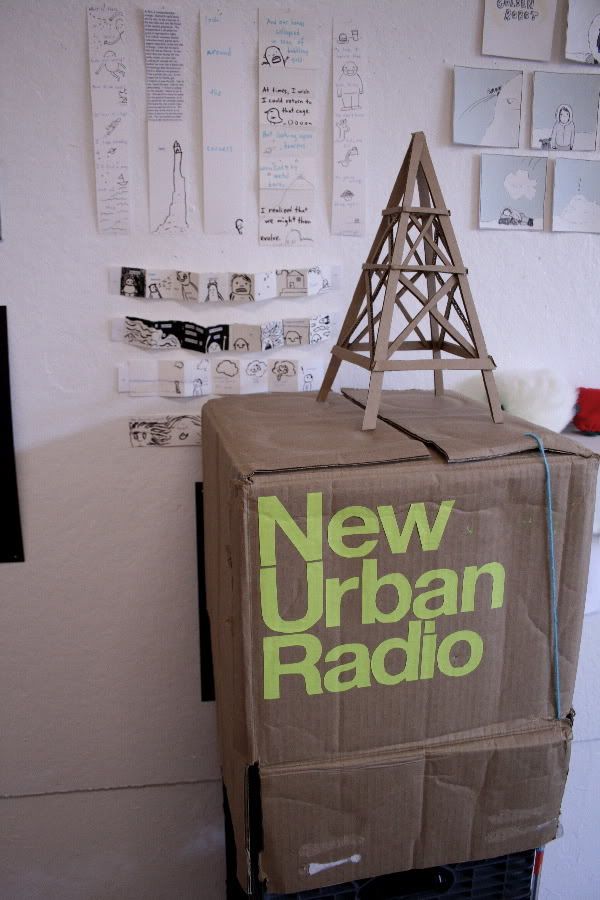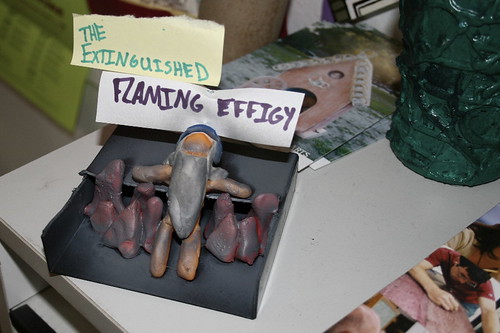Visiting Artist, Pam Hall: a wish & a prayer
posted by Pete Hocking

Pam Hall is a Canadian Artist from Newfoundland. She's in Providence as RISD's first Public Engagement Associate. A new program of the RISD Office of Public Engagement, Public Engagement Associates are working across the city -- to develop more conversation about community-based practices in the arts. Pam's residency includes time at RISD, an installation of new work (A Wish and A Prayer) at the Hillel Gallery (80 Brown Street) and a residency with New Urban Arts. Pam has created a satellite installation of A Wish and A Prayer at NUA and invites you to add your wishes and prayers to the wishing wall. As she writes:
Dear Friends,
The Wishing Wall is now installed and beginning its "life" at Brown-RISD Hillel Gallery in Providence, RI.
I write now to invite you to add a wish or prayer of your own to help complete this piece, and if you are distant from Providence, please simply send your wishes and prayers to me (here, by email) and I will inscribe them with care and add them to the wall. To do so, just finish the sentence " I wish for...." or " I pray for...." in the language of your choice.
Know they will join with others as the piece evolves between now and Feburary 21st, when it will come down.
Also note that unless you indicate otherwise, your names will be added to the Acknowledgment Panel in this exhibition, and in other public presentations of the work.
I send thanks to those of you who choose to participate, and attach an image of The Wishing Wall on the first day of its installation. Here also is a link to more detailed information about the project
http://risdpublicengagement.net/id24.html
Please feel entirely free to forward this invitation on to others who might participate. Sending thanks and warm regards,
Pam
http://www.pamhall.ca

Pam Hall is a Canadian Artist from Newfoundland. She's in Providence as RISD's first Public Engagement Associate. A new program of the RISD Office of Public Engagement, Public Engagement Associates are working across the city -- to develop more conversation about community-based practices in the arts. Pam's residency includes time at RISD, an installation of new work (A Wish and A Prayer) at the Hillel Gallery (80 Brown Street) and a residency with New Urban Arts. Pam has created a satellite installation of A Wish and A Prayer at NUA and invites you to add your wishes and prayers to the wishing wall. As she writes:
Dear Friends,
The Wishing Wall is now installed and beginning its "life" at Brown-RISD Hillel Gallery in Providence, RI.
I write now to invite you to add a wish or prayer of your own to help complete this piece, and if you are distant from Providence, please simply send your wishes and prayers to me (here, by email) and I will inscribe them with care and add them to the wall. To do so, just finish the sentence " I wish for...." or " I pray for...." in the language of your choice.
Know they will join with others as the piece evolves between now and Feburary 21st, when it will come down.
Also note that unless you indicate otherwise, your names will be added to the Acknowledgment Panel in this exhibition, and in other public presentations of the work.
I send thanks to those of you who choose to participate, and attach an image of The Wishing Wall on the first day of its installation. Here also is a link to more detailed information about the project
http://risdpublicengagement.net/id24.ht
Please feel entirely free to forward this invitation on to others who might participate. Sending thanks and warm regards,
Pam
http://www.pamhall.ca




